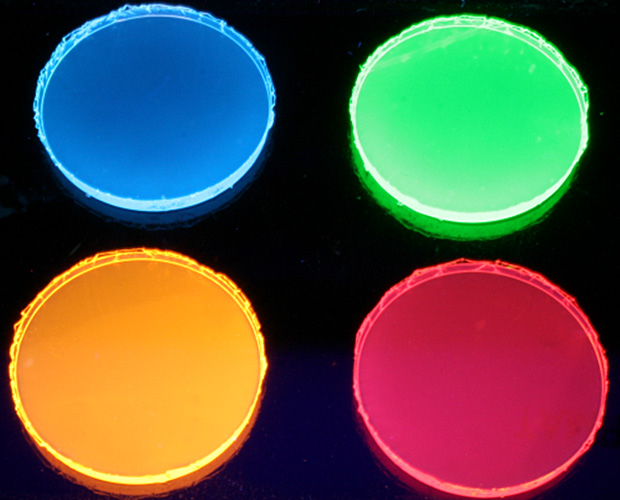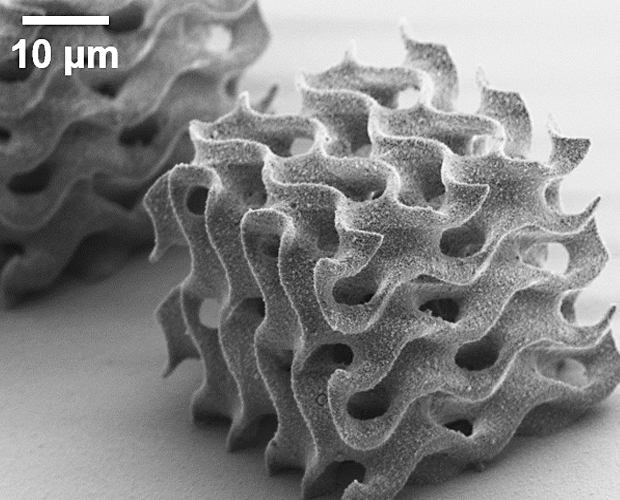
Quantum dots are nanoscale semiconductor particles that have gained great notoriety because they can convert the wavelength of light very efficiently. They absorb blue or ultraviolet light and emit sharply defined wavelengths in the visible spectral range, depending on their size. Due to this property, quantum dots can find a wide range of applications, for example, in lighting technology, biomedicine, photovoltaics and, in particular, display technology.

